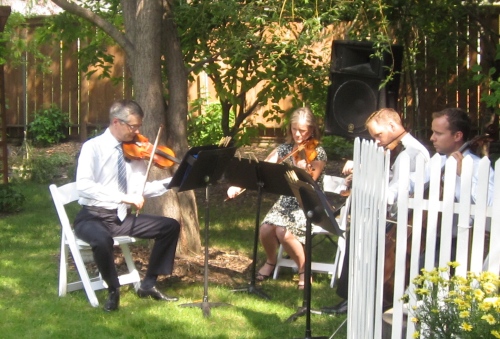 While going for a walk in Winnipeg’s Exchange District I found the GoodWill Store on Princess Street. I experienced a wave of nostalgia because The GoodWill was a place of wonder and delight for me as a child and I couldn’t resist going inside. I am sure the store has changed in the last 50 years but one thing hadn’t changed. On the far wall just where they had always been, were rows and rows and rows of books from the floor to the ceiling.
While going for a walk in Winnipeg’s Exchange District I found the GoodWill Store on Princess Street. I experienced a wave of nostalgia because The GoodWill was a place of wonder and delight for me as a child and I couldn’t resist going inside. I am sure the store has changed in the last 50 years but one thing hadn’t changed. On the far wall just where they had always been, were rows and rows and rows of books from the floor to the ceiling.  The shelves of the Good Will Store were one of my main sources for reading material when I was a child. We moved to Steinbach when I was eight and they didn’t have a public library till 1973, the year I turned twenty. The old Kornelson School where I first attended classes in Steinbach didn’t have a library either. My parents couldn’t afford to buy me many new books and Steinbach didn’t have a book store.
The shelves of the Good Will Store were one of my main sources for reading material when I was a child. We moved to Steinbach when I was eight and they didn’t have a public library till 1973, the year I turned twenty. The old Kornelson School where I first attended classes in Steinbach didn’t have a library either. My parents couldn’t afford to buy me many new books and Steinbach didn’t have a book store.
I grew up loving books and read voraciously. On family trips, my Mom would tell me to get my nose out of my book and look at the scenery.
So what was a girl who loved to read and had no access to books in her home town to do? My reading salvation lay at the GoodWill store. On trips to Winnipeg, my Mom often made a stop at GoodWill and patiently waited while I picked out books to read.
Books were 5 cents each. On my birthday my grandparents always sent me a one-dollar bill. That was 20 books! Should I choose a Nancy Drew, Cherry Ames, Box Car Children, Elsie Dinsmore, Bobbsey Twins, or another book in the Anne of Green Gables series or Little House series? I was in heaven in the GoodWill Store! All those books!
 The GoodWill Store is still in the same location at 70 Princess Street as it was when I was a child. GoodWill was founded by a United Church minister Rev. J. Richmond Craig in 1931 as a way to provide employment to people who were out of work because of the depression. His slogan was “Junk into Jobs.” Over the last ninety years, people have continued to donate clothing, books, appliances, furniture, dishes and other things they don’t want to the store and the GoodWill sells them, giving their profits to charities in Manitoba.
The GoodWill Store is still in the same location at 70 Princess Street as it was when I was a child. GoodWill was founded by a United Church minister Rev. J. Richmond Craig in 1931 as a way to provide employment to people who were out of work because of the depression. His slogan was “Junk into Jobs.” Over the last ninety years, people have continued to donate clothing, books, appliances, furniture, dishes and other things they don’t want to the store and the GoodWill sells them, giving their profits to charities in Manitoba. The building at 70 Princess where I bought books was built in 1903 by the Bole Drug Company. Pharmaceuticals continued to be produced in the building till 1932 and in 1934 Good Will, which was in need of bigger premises took over.
The building at 70 Princess where I bought books was built in 1903 by the Bole Drug Company. Pharmaceuticals continued to be produced in the building till 1932 and in 1934 Good Will, which was in need of bigger premises took over. GoodWill has given jobs to hundreds of men and women and provided them with more than $12 million in wages. They have helped to recycle and reuse millions of items that might otherwise have been thrown away. They also made one little girl hungry for books to read very happy and left her with magical memories of their store.
GoodWill has given jobs to hundreds of men and women and provided them with more than $12 million in wages. They have helped to recycle and reuse millions of items that might otherwise have been thrown away. They also made one little girl hungry for books to read very happy and left her with magical memories of their store.
Other posts……….

































